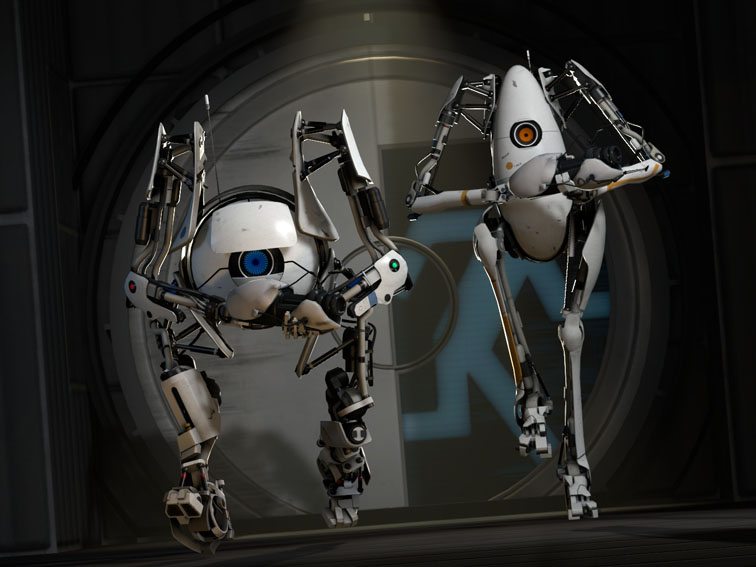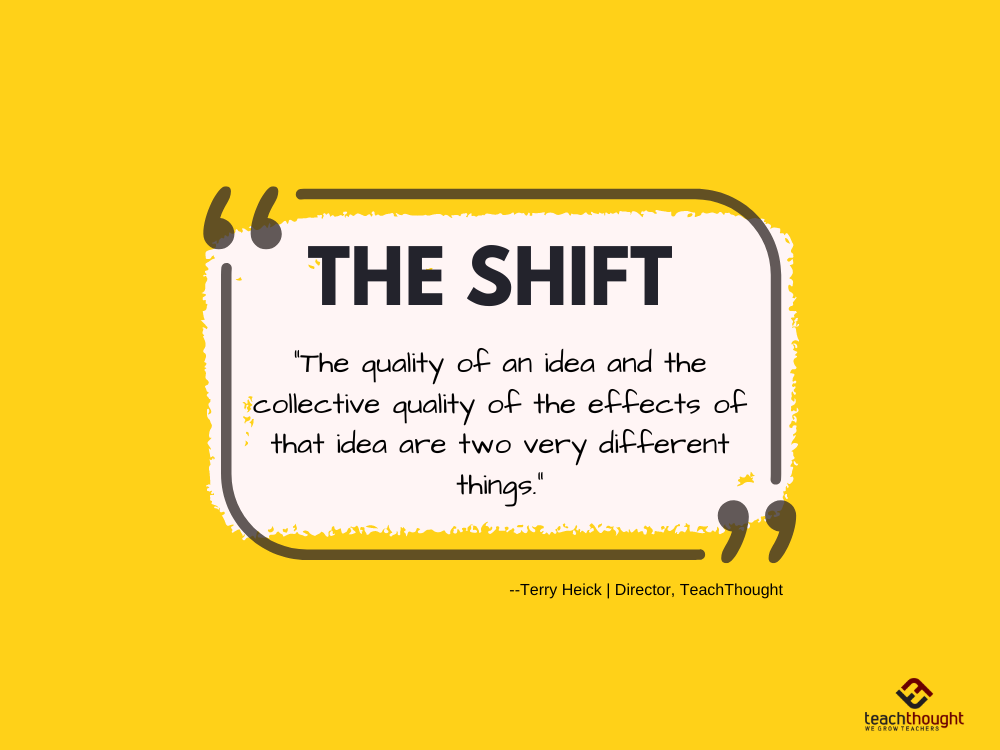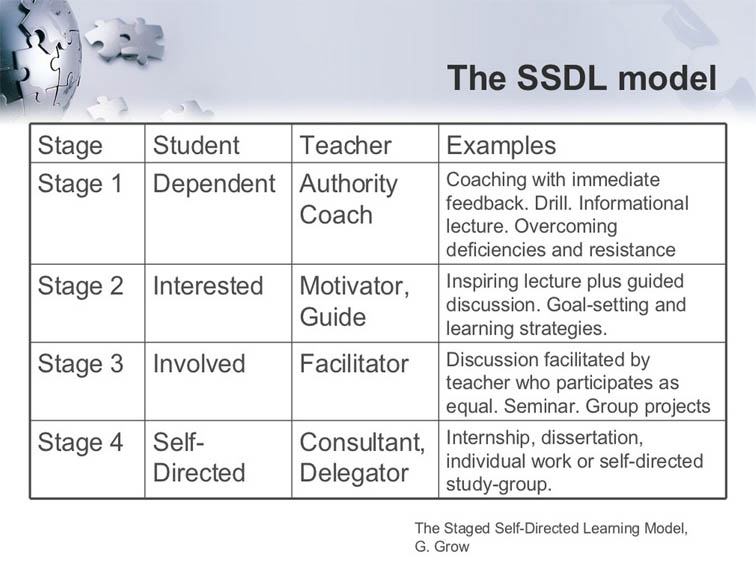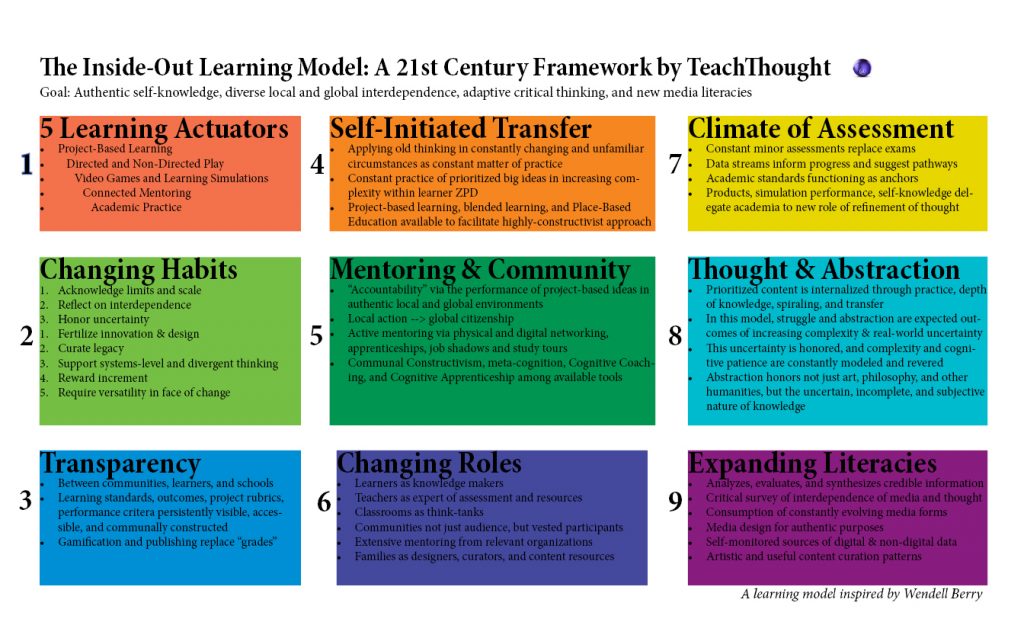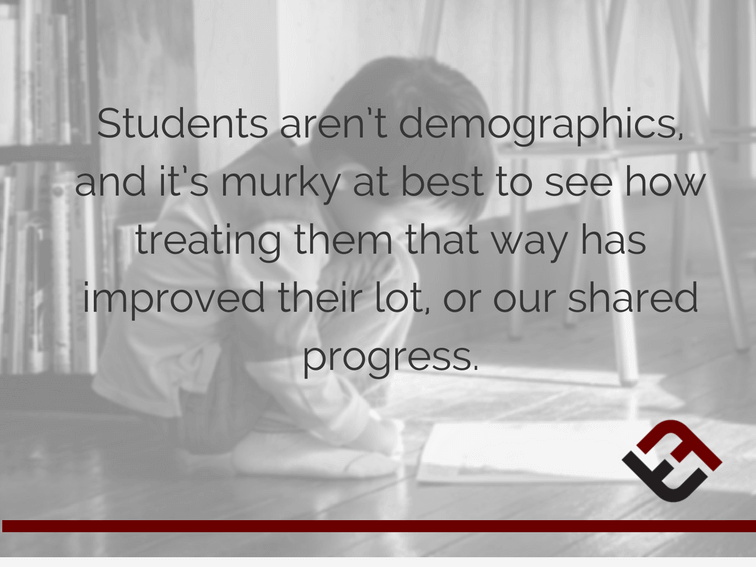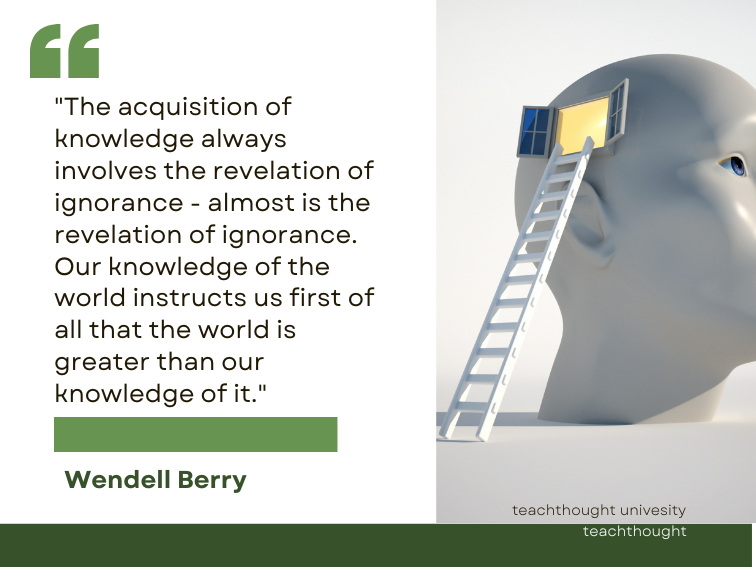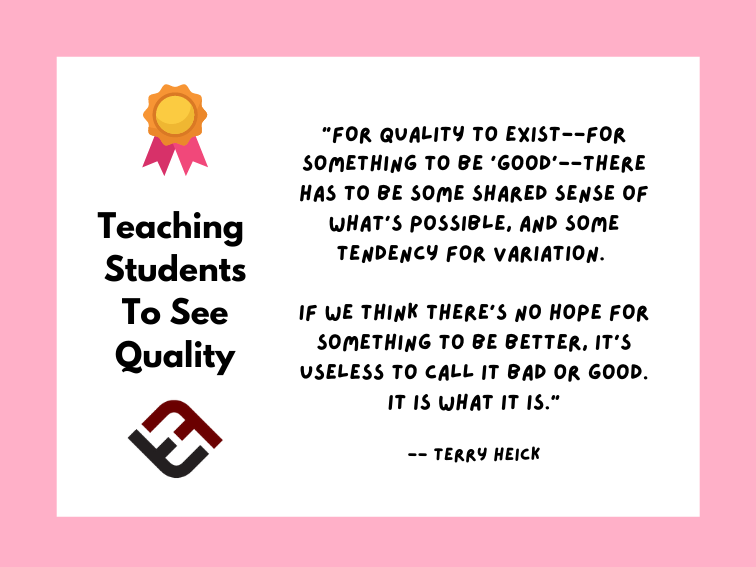Tag: Veteran Teacher
On Student Engagement: How To Be As Interesting As…
One student engagement strategy is to offer diverse pathways through content–pathways students would have to ‘unlock’ to progress.
Shifting Focus From Ideas To The Effects Of Those…
The quality of an idea and the collective quality of the effects of that idea are two very different things.
Four Stages Of A Self-Directed Learning Model
The goal of the model isn’t content knowledge (though it should produce that), but rather something closer to wisdom–learning how to learn.
The Necessity Of Self-Criticism In Education
Education is ‘actuated’ by teachers. It makes sense that education should also be able to reflect critically on its own performance as…
The Inside-Out School: A 21st Century Learning Model
A micro-goal of the ‘Inside-Out’ School is a new kind of ‘intelligence’ where the macro-effect is healthier communities and citizenship.
A New Definition For Equity In Education
When discussing equity, there are so many convenient phrases but there may be a larger view that we’re missing.
Improving The Relationship Between Schools And Communities
If schools serve students and students are deeply embedded in the fabric of communities, how can we serve those students without knowing…
Teaching Students To See Quality
So what does quality have to do with learning? Quite a bit, it turns out. And it starts out with helping students…
